Ever thought there's a secret in your living room? Big security players don’t want you to know that your family might not be as safe as you think. Why aren't more people talking about this eye-opening truth?
With home security breaches on the rise, understanding the intricate world of security cameras could mean the difference between safety and vulnerability. Discover why this topic is making headlines now more than ever.
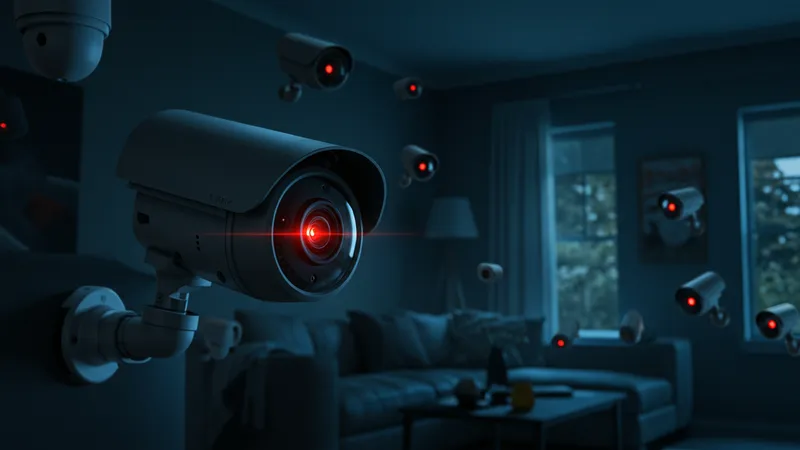
Most people believe having a security camera is the ultimate peace of mind. But did you know almost 60% of cheap systems are prone to hacks? That’s enough to question their safety. And here’s the kicker: some industry insiders reveal strategic blind spots in lesser-known brands’ cameras designed to cut costs.
But that’s not even the wildest part—did you know that an improperly installed camera can void your insurance claims? Imagine the chaos if something goes wrong and you discover you’re not covered. Many homeowners are shocked to find out they’ve been operating without proper protection.
What happens next shocked even the experts—how the right security setup could save you thousands, not just from theft but from unexpected liabilities. Ready to learn the secrets that top industry insiders don’t want you to know?
When people think of security cameras, they often envision hefty price tags and complex installations. Yet, there's more beneath the surface. For starters, while many assume a higher price equals higher quality, this isn't always the case. Some brands charge extra for fancy packaging and marketing, leaving the actual benefits behind. Understanding these deceptive practices could help you save significant money in your security investment.
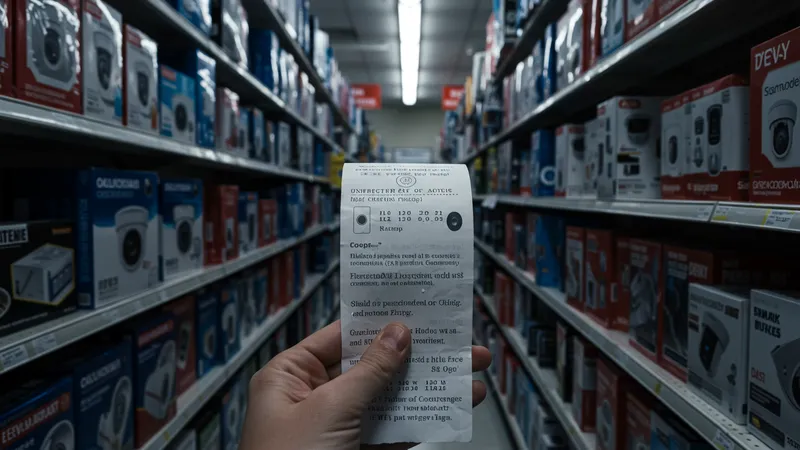
Hidden fees are a common catch in this industry. Many consumers are enticed by the promise of low upfront costs, only to be hit with expensive monthly subscriptions and hidden installation fees. This ongoing expense becomes a never-ending cycle of payments. But there’s one more twist—did you know you might not even actually own your footage? Some services retain rights to the recordings!
Expert advice often highlights spending on professional installation. It’s more costly upfront, but it ensures each camera is strategically placed to eliminate blind spots and maximize coverage. Configurations overlooked in DIY setups often lead to vulnerable gaps. Thus, understanding the balance between costs and effectiveness is essential.
But what you read next might change how you see this forever. With the rise of AI-driven technology, there are now more affordable solutions that not only match but surpass expectations of traditional systems. Ready to uncover the future of smart security cameras?
The integration of artificial intelligence in security cameras has revolutionized home security. Enhanced object and motion detection provide more accurate alerts, drastically reducing false alarms. This technology enables smart cameras to distinguish between family members, pets, and potential intruders. Can your current camera tell the difference?
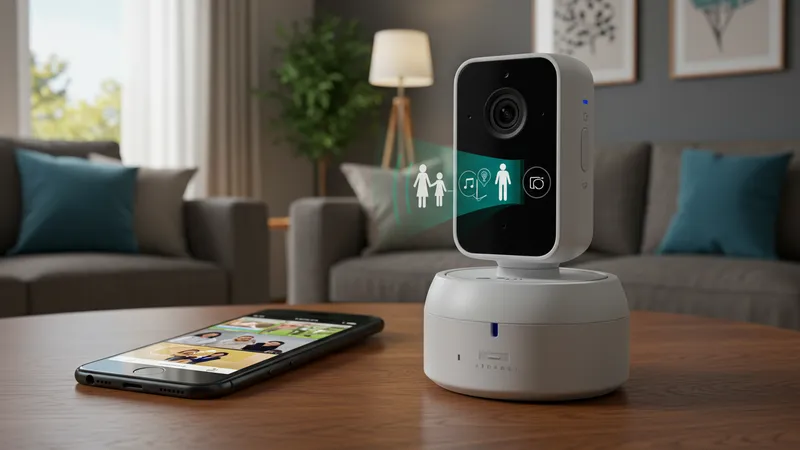
These advancements also come with remote access capabilities, where you can monitor your home from anywhere at any time. Brands like Nest combine AI with intuitive apps, offering seamless user experiences. Priced from $129, they’re becoming increasingly popular among tech-savvy homeowners. But there’s an insider tip—always check privacy policies to ensure your data remains safe.
However, AI-powered cameras come with their set of challenges. Privacy concerns loom large, with some fearing that their homes might be surveilled by the manufacturers instead. Balancing security and privacy has never been more critical. This leads to a growing demand for transparency in the industry, pushing companies to prioritize data protection.
But did you ever wonder how these tools could optimize energy efficiency and reduce environmental impact? By integrating with smart home systems, they offer a greener, more sustainable solution. Dive deeper to see how security tech could transform not just your safety, but your entire lifestyle.
Energy efficiency is more than just a buzzword in today’s security industry; it's a necessity. Newer models are built to minimize power use, contributing to lower electricity bills and a more sustainable footprint. This echoes a major push towards eco-friendly innovations, keeping up with global environmental demands. Can your security camera do that?
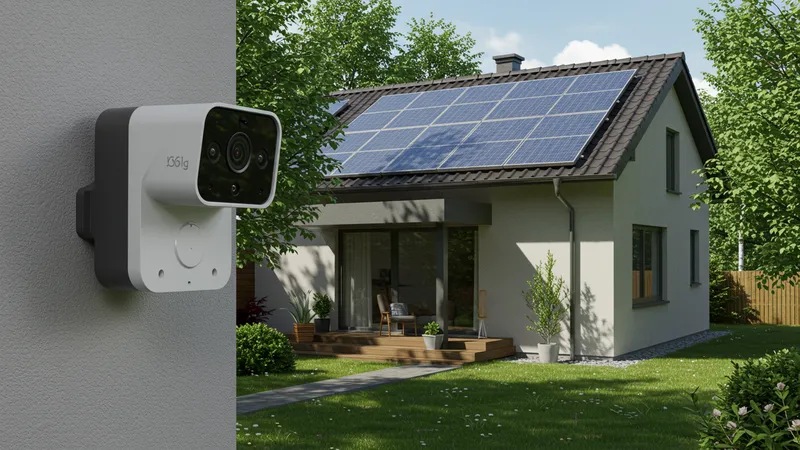
Manufacturers are increasingly integrating solar power in security systems, offering autonomously powered devices that rely less on external electricity sources. This not only saves energy but ensures continuous surveillance even during power outages. Impressive, isn’t it? But don't rush to your purchase just yet—check compatibility with your existing setup for seamless integration.
In pursuit of efficiency, many homeowners are opting for security systems that come with smart home integrations. These systems connect with thermostats, lights, and even kitchen appliances to optimize energy use throughout the household. Researchers believe this interconnectedness holds untapped potential for revolutionizing not just residential security but home life as a whole.
Could energy-saving practices be the new norm in home security? As initiatives continue pushing the boundaries of what these devices can achieve, we delve deeper into stakeholder commitments and the movements driving innovation. The next page reveals how these changes could affect your buying decision.
Regulations in the security camera industry are shifting rapidly, aimed at enhancing consumer safety and privacy. Recent policies enforce stricter measures on data protection and camera performance, tightening the accountability of manufacturers. The hope is to curb data leaks and system vulnerabilities. Do your camera providers comply with these evolving standards?
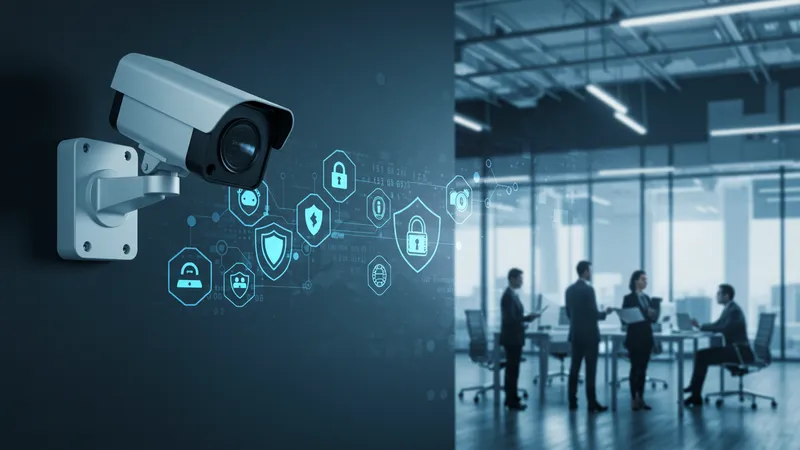
Regulatory bodies are also pushing for clearer data usage policies. This newfound transparency provides consumers with peace of mind regarding how their information is stored and who can access it. Such initiatives are critical, especially amid rising concerns of digital surveillance and invasive data practices.
However, with these new rules come heightened production costs for brands that must upgrade or redesign their product lines to remain compliant. This means that price changes may trickle down to the consumer, altering market dynamics. Experts suggest that understanding these intricacies may be key to making savvy purchasing choices in the future.
Are these regulations enough to secure consumer interests, or is there more to the story? The unfolding developments in this sector are bound to surprise you. Follow along to uncover the stakeholders behind this regulatory evolution and what it means for the average buyer.
The debate between DIY and professional installation of security cameras is an ongoing one, each side presenting compelling arguments. DIY enthusiasts cherish their ability to customize setups at a lower cost, avoiding upfront service fees. But, are they missing hidden dangers of such an approach?
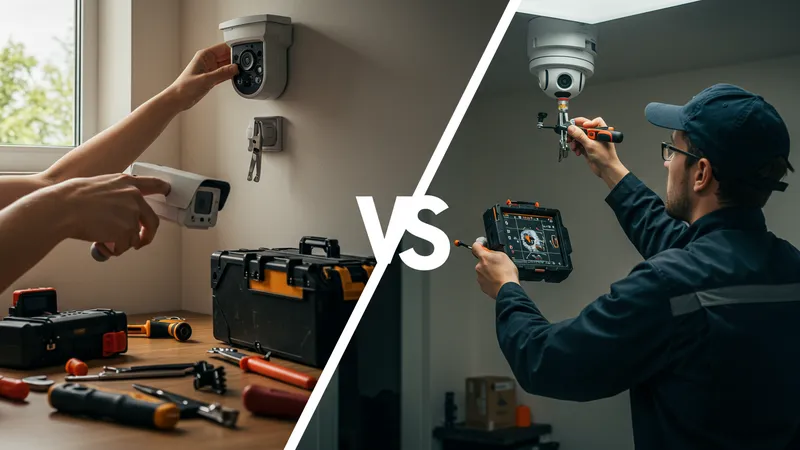
DIY setups often lack precision and expertise, leading to camera positioning flaws that could compromise security coverage. Inadequate installation could invalidate warranties—a dangerous oversight many are unaware of. It's a choice that may seem economical upfront but could cost you in the long run. Professionals, however, bring calibrated insights, reducing these risks significantly.
For those skeptical about external help, several platforms offer hybrid solutions blending affordability with professional oversight. Services where professionals assist remotely, offering guidance for self-installation, strike a balance between cost savings and expertise utilization. This trend is slowly gaining traction, reshaping consumer expectations.
Still pondering which side to take? The right solution might just depend on your specific needs and technical skills. But here's a teasing tidbit—next, we'll explore how the fusion of technologies has created fascinating new tools to assist both DIY aficionados and those who prefer professional setups.
The emergence of hybrid security solutions is changing the landscape for both DIY enthusiasts and those who prefer hands-on professional help. These systems offer the best of both worlds, seamlessly integrating user-friendly tools with expert input. Interested in how they work?
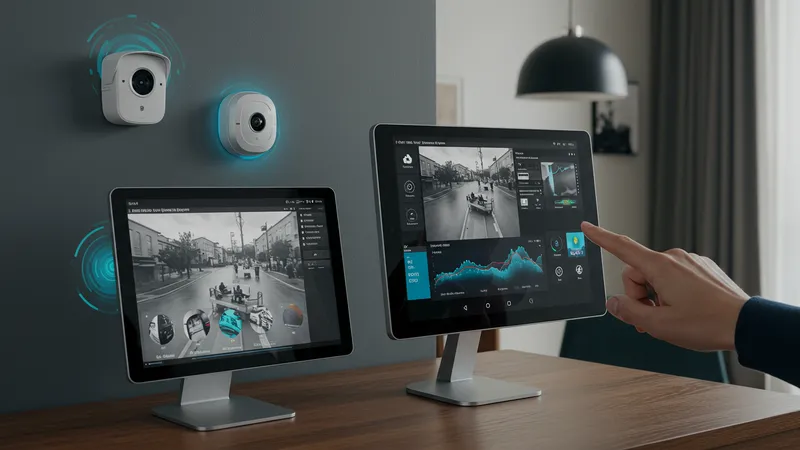
At the heart of hybrid models are smart technologies, designed to guide users through installations while utilizing professional oversight through digital means. This effectively bridges the gap in expertise, making advanced security possible for everyone. Tech companies quickly recognize the potential here, with brands like SimpliSafe gaining a loyal following.
Security models are also evolving to include bundled service packages, where companies provide equipment alongside remote consultancy. This ensures tailor-made security setups without the traditional cost of full-service installations. It’s an innovative approach to meeting diverse consumer demands without breaking the bank.
Next, discover how these changes are part of a bigger shift in consumer preferences, redefining what we consider essential in modern home protection. How these developments might impact traditional providers’ models could surprise you—and just wait until you hear about the latest industry forecast!
Understanding modern consumer preferences reveals a paradigm shift in the security market. Today’s buyers favor flexibility over formality, continually driving innovations that cater to unique needs. Recent reports show that DIY and hybrid solutions' popularity has been on a steady incline. Are you already a part of this trend?
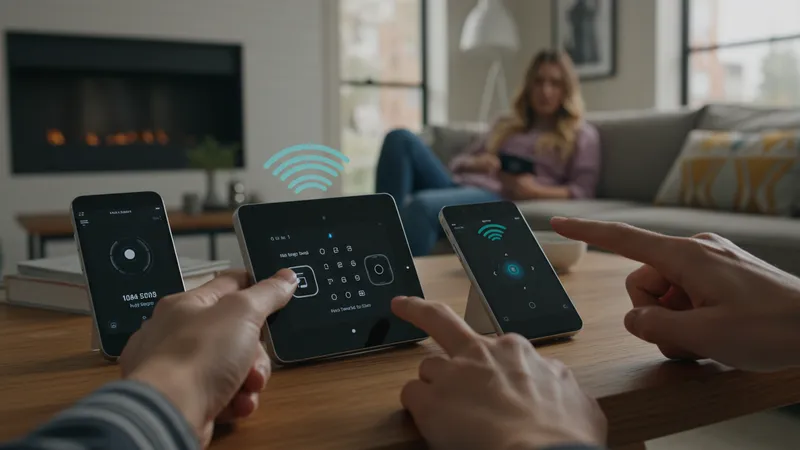
With more young homeowners entering the market, expectations are evolving. They demand real-time, remote access and automated solutions. These empowered consumers want systems that fit seamlessly into their lifestyle, prioritizing convenience and connectivity over traditional security models. Could your home benefit from such advancements?
Market trends highlight a fast-paced evolution—particularly evident in the rise of smart home integration. As security intertwines with tech, leading manufacturers are rethinking their long-term strategies to remain competitive. Partnerships with tech giants are becoming more common, leveraging advancements in AI and IoT for unprecedented product offerings.
Could these untouched potentials redefine industry standards altogether? Join us in exploring the volatile yet fascinating future of home security industry in the next section. The next discussion unveils a side of this industry you won't want to miss.
The future of home security is on the brink of profound transformation. Artificial intelligence, the Internet of Things, and smart home ecosystems will continue to reshape the way we protect our homes. As these trends unfold, consumers can expect more intuitive systems designed to anticipate needs before they arise.
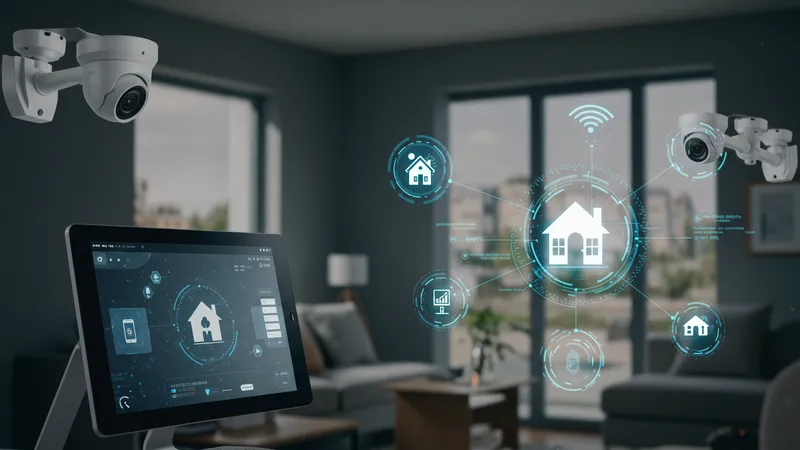
Picture a world where security cameras self-adjust to changes in lighting and weather, ensuring optimal performance around the clock. Research and development in this area are sparing no efforts to realize such potential, promising groundbreaking improvements in a short period. Could this be the future of your home’s safety network?
Industry leaders are investing heavily in R&D, developing technology that predicts threat levels based on environmental data. This proactive approach aims to avert risks before they escalate, providing peace of mind like never before. An exciting prospect, but holds significant ramifications for personal privacy—balancing innovation with ethical considerations remains crucial.
Are consumers ready to embrace these advancements? How this shift impacts traditional values of privacy and autonomy is the intriguing coda of our exploration. In our next segment, the bold predictions and expert takeaways will leave you pondering the true cost of security innovation.
The rapid advancement of surveillance technology is tugging at the threads of privacy rights. Where we draw the line between safety and surveillance is a question the industry has yet to fully answer. Many are worried about the potential for abuse, with complex privacy issues looming larger than ever.

As facial recognition technology becomes more refined, concerns grow regarding its implementation in home security. Its potential to infringe personal privacy and civil liberties has sparked considerable debate. Legal frameworks have lagged, giving rise to ethical concerns over surveillance overreach. Will robust measures be enough to assuage public apprehensions?
Consumer awareness is critical as tech companies innovate faster than regulation can catch up. For instance, checking for end-to-end encryption and clear data usage policies can guide safer purchases. Vital questions around who holds and accesses footage need to be addressed earnestly. Could informed consumers sway industry practices for the better?
Despite the widespread benefits, the delicate balance between innovation and privacy presents challenges. Exploring how stakeholders aim to engage on these concerns offers insights into the industry’s ethical journey forward. The next page considers these pressing issues through the lens of policy expertise and societal perspective.
There’s nothing quite like hearing from real individuals whose lives were changed due to security camera setups. Their stories reflect security technology’s tangible impact, aptly demonstrating both its strengths and limitations. Could such examples guide your next security decision?

Take Lisa, for instance, whose security camera captured a burglary attempt, aiding the police in a swift arrest. Her experience sheds light on the practical benefits when systems work at their best. However, she also warns against relying entirely on technology alone, advocating for comprehensive security planning. How could such experiences influence the general public’s perceptions of home security?
Contrast this with Mark, who faced a personal invasion of privacy after failing to secure permissions on his cloud-stored data. His cautionary tale highlights the importance of understanding the digital facets of security solutions. Awareness and education appear crucial in navigating these new-age concerns effectively.
Could these stories inspire more robust security systems design? Given these real-world implications, the potential to make informed, proactive decisions becomes clearer. The final discussion uncovers the widespread impact of these narratives on consumer trust and future expectations of safety products.
Consumer trust is the lifeline of the security industry. Individuals place faith in these systems to safeguard what matters most. Yet, establishing trust goes beyond product efficacy; it hinges on transparency, reliability, and ethical practices—a perennial commitment.

The industry's challenge resides in bridging the gap between cutting-edge innovation and user confidence. Tech firms must navigate privacy concerns judiciously to maintain trust. Being open about data management practices and showing accountability can bolster consumer sentiment. Is there potential for lasting change with these considerations in focus?
Recent movements suggest a growing consensus: reinforcing regulatory cohesion and advancing public understanding are pivotal to enhancing trust. Collaboration among all stakeholders, including manufacturers, policymakers, and customers, could lay the groundwork for an era of mutually assured trust in security solutions.
But what will define successful adaptation in this space? The dialogue among industry leaders and consumers sets the stage for the final take on how we perceive safety. As we wrap up, expect compelling insights into the future trajectory of this ever-evolving industry.
What will set the industry apart? As technology advances, the commitment to upholding ethical standards and consumer trust is paramount. Innovations should not only meet existing standards but continuously strive to set new benchmarks for quality and safety.

Drawing from concrete examples and regulatory trends, security firms have an opportunity to lead the charge with transparency and by addressing security concerns proactively. Establishing clear guidelines and fostering consumer education are steps toward sustainable advancements.
The impetus lies in harmonizing growth with assurances of privacy, catering not just to the pressing present-day demands but setting up for the challenges of tomorrow. Consumer demand leans towards effective yet unobtrusive solutions. Could an emphasis on designing for user experience define security systems’ success moving forward?
The dialogue remains ongoing, yet the direction is promising—innovation tethered to ethics stands to nurture trust and redefine security expectations. Prepare to partake in shaping the future, as the intersection of technology and human values carries the promise of security reimagined.
As we unravel the intricate webs woven by security systems, one lesson emerges unmistakably—knowledge is power. Whether it's navigating choices, securing setups, or assessing regulations, staying informed is vital. Let’s redefine our comfort zone, informed by the promises and pitfalls in home security. Share your newfound insights and spark conversations, championing change toward a safer, informed world.